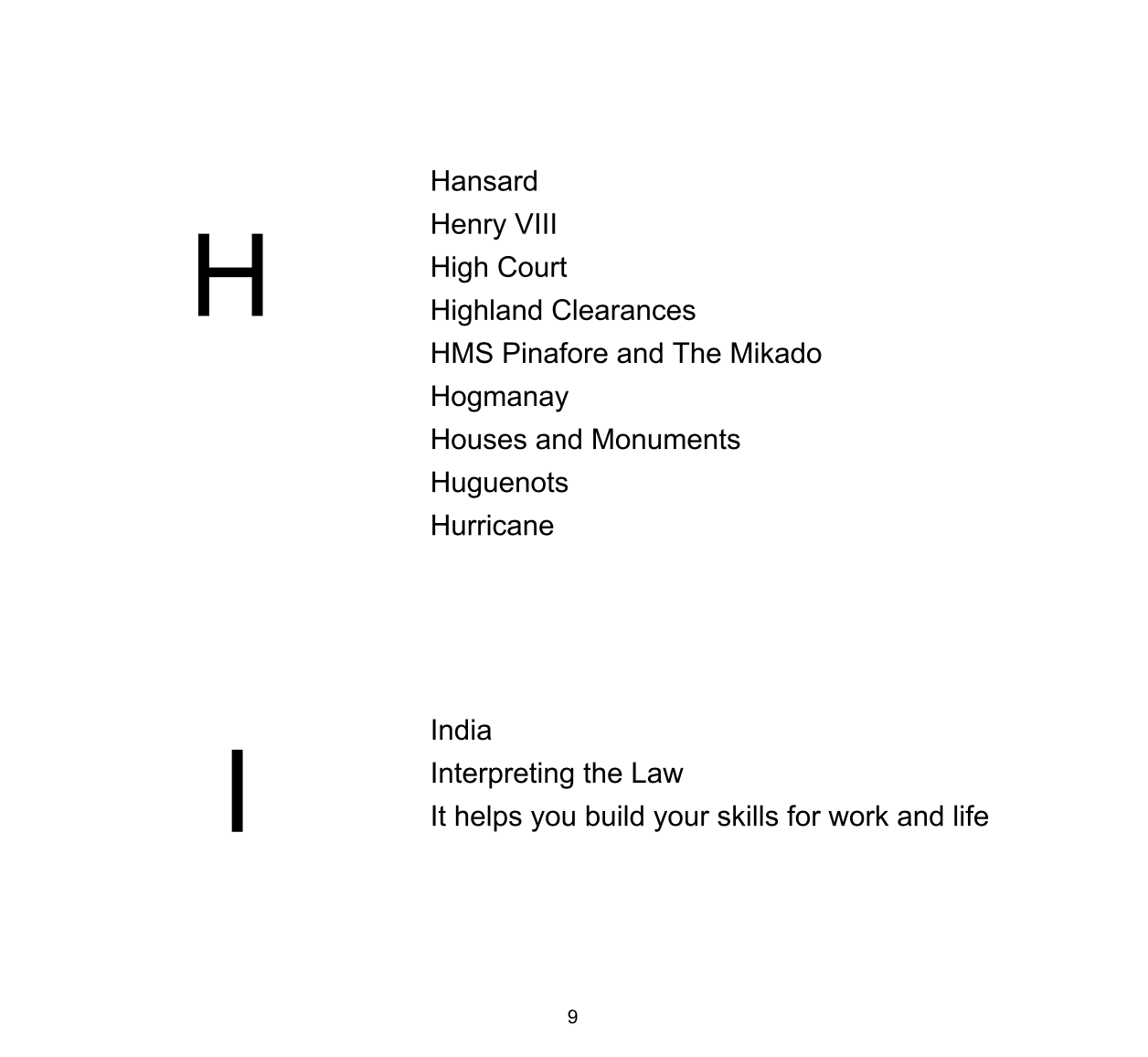By Mathilda Della Torre, MA Graphic Design, CSM

Last week, the Post-Grad Community organised a collaborative workshop called ‘Passagens: Dancing the Answers of the Citizenship Test’. It was hosted by Laura Malacart, an visual artist who’s practice involves exploring the production of social and personal identities. This workshop was centred around one of her main projects and publications, ‘The Little Book of Answers Vol.1’; a book compiling all the correct answers to the ‘Life In the UK’ British citizenship test. This is one of the required steps of the never-ending British citizenship application process.
As a current Graphic Communication Masters student at CSM, I was instantly intrigued to attend this workshop as migration, citizenship and identity are themes that very often recurring in my practice. After working on the analysis and translation of the terms and conditions to become a British citizenship for my last uni project, I was really eager to see how another artist would approach this very timely and very overwhelming theme.
One of the first activities we did, the one I found the most surprising, was that Laura isolated the answers to the questions from the test and asked us to come up with the questions ourselves. What could the question be for the answer ‘immigration’ or for ‘blind people’? Suddenly these answers seemed so absurd and it seemed impossible to think of what the questions could actually be. What would be invaluable information that one must learn and memorise in order to be a suitable candidate to become a British citizen? That question alone seems absurd to me. So how co
uld we define the knowledge a British must have? It made me think that perhaps we should do this test on current British citizens and see if they know the answers.
These were some of the questions and answers that shocked me the most:
Q – Where do slaves come from?
A – West Africa
Q – What was encouraged in the 1950s to boost the economic crisis?
A – Immigration
After looking into the language of the test, Laura talked about the significance and materiality of the utterance in the production of subjectives. Pedagogy, play and performance are all important components of her practice, which she demonstrated in the second activity. This time, she taught us how to memorise some of these test answers through acting and miming. Each word had a specific move through body movements that related to the sounds or meaning of the word. For instance the word ‘pantomime’ involved arm gestures showing a stage and a curtain falling down, because of its meaning related to a theatre performance.
This gave the test a silly and fun aspect to it, and showed us the power in learning through movement and dancing. It was such an unusual way to memorise information, through the use of the body. And I still remember the words and the moves today!
I left the workshop feeling inspired, frustrated, confused, informed, but most of all relieved. Relieved to see an artist approaching this topic in such a unique and collaborative way. I guess all I have left to do now is to learn all these answers and actually pass this test and perhaps, and only perhaps, to get my British citizenship.
Follow Matilda on Instagram, or visit her website www.mathildadellatorre.com
The Passagens Reading Group offers a broad historical context and insight by artists and curators whose work evolves around the themes of migration, social sustainability and the environment. Organised by Lucy Orta, UAL Chair of Art and the Environment, Centre for Sustainable Fashion (CSF) in collaboration with CSF Associate Curator Camilla Palestra, and is supported by the UAL Postgraduate Community.

